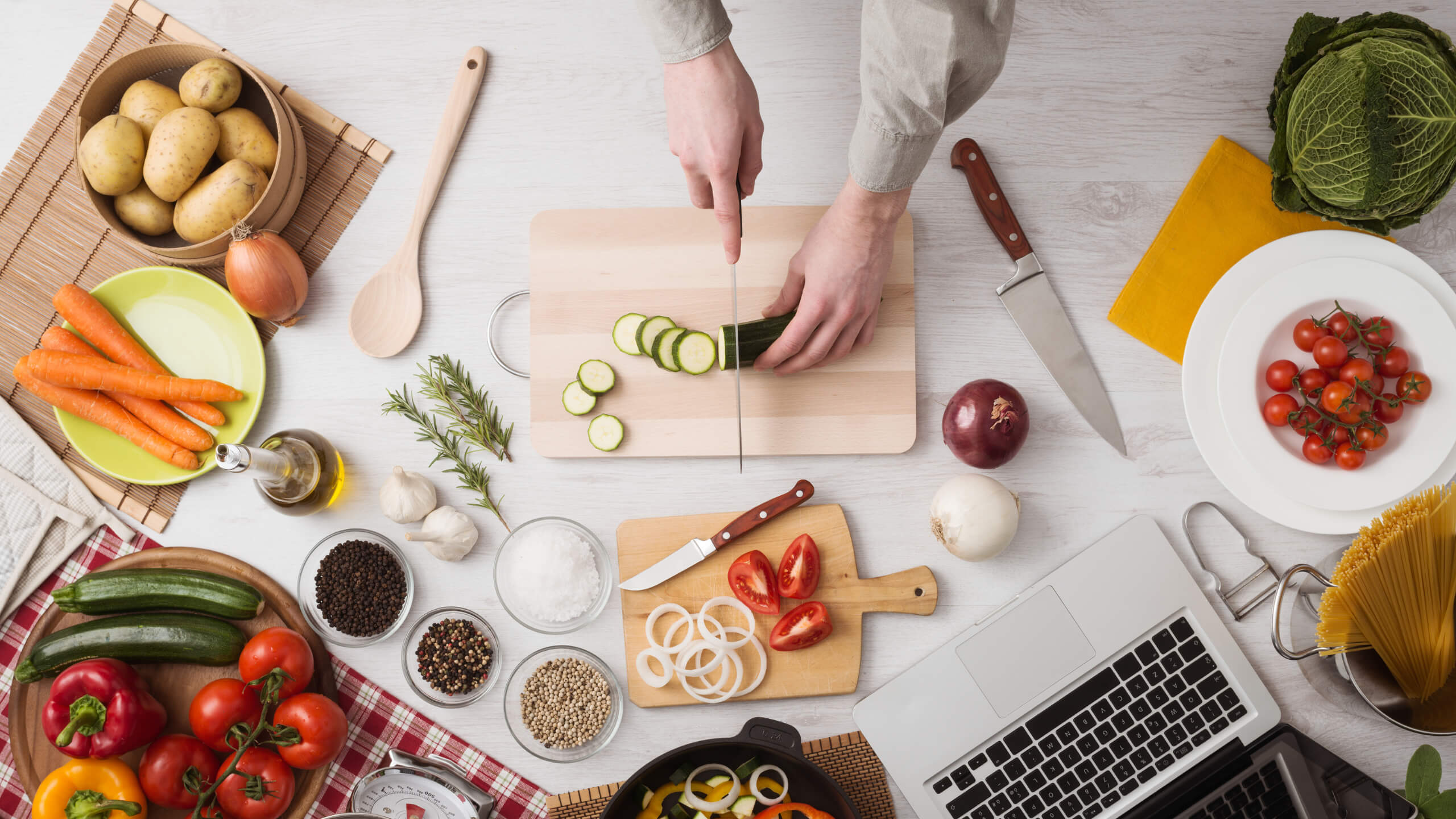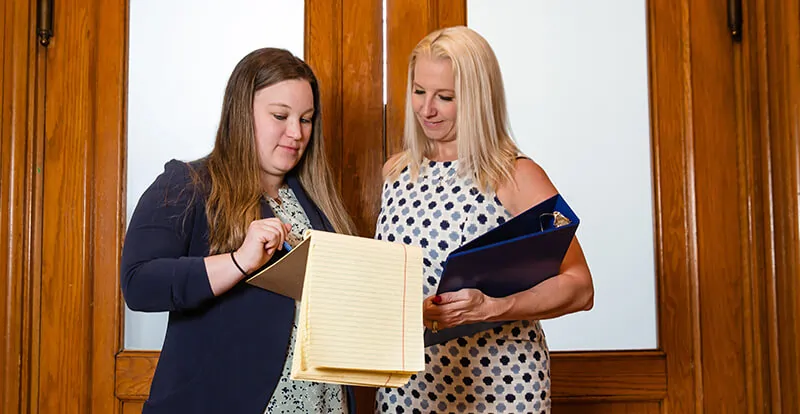Slow Cooking 101

Low and Slooooowww
In the effort to make cooking as painless as possible, the slow cooker is an indispensable tool. You can prep your meals in advance, freeze them, and just drop them into the pot on your way to work, arriving home to a hot and flavorful meal. In different sizes, you can make meals for just yourself or for an entire family. The broad range of meals that you can assemble with a slow cooker has earned itself a place in many kitchens for the short-on-time home cook. Slow cooking is also largely considered to be an easy method of cooking, opening the kitchen to people of all skill levels.
HOW DOES A SLOW COOKER WORK?
There are three basic parts to a slow cooker – the heating element and base, the pot/vessel in which food is placed, and the lid. The interior vessel is a removable pot, typically made from ceramic stoneware. The stoneware construction is well suited to an even and stable distribution of heat throughout the cook time. By cooking at lower temperatures, typically maxing out at 215 degrees F on the high setting, slow cookers work to preserve moisture in food. The lower temperature will also have a tenderizing effect on meat, creating fall-off-the-bone style dishes when necessary.
Like any other cooking method, the amount of heat you apply to your cook is depending on the amount and type of food you’re placing into the pot. Large roasts, for example, should be cooked on a high setting. Lean proteins like pork loin can be braised on low. Soups can be cooked on either a high or low setting. Slow cooking is pretty forgiving on making mistakes, but it might take some time to get used to the size of the protein or other items in your slow cooker. Overcooking can result in dryness.
USING THE SLOW COOKER
First, unless your recipe specifically calls for it, do not open the lid. Sometimes stirring or rotating food may be necessary, but every time you open the lid you discharge steam and heat from the pot. Every time you open the lid, you add about 20 minutes to your cook time and will increase the likelihood of overcooking. Most of the purpose of slow cooking is to set and forget with a one pot recipe. There should not be much of a need for you to touch the pot.
When planning out your meals, consider how much food you plan on making. In order for a slow cooker to be effective, you need to fill the vessel at least half way, but generally no more than two thirds of the total capacity. If you’re cooking for only one or two people and you cannot meet that threshold, you need to get a smaller unit. Falling below the half capacity threshold can result in food being scorched and burning to the bottom of the vessel. Over crowding makes it difficult to keep accurate cooking times and can create higher incidences of undercooking or overcooking as you try to guess where you need to be.
BITS OF ADVICE
Even though the slow cooker is extremely beginner-friendly, there are some things you should keep in mind to make sure that you don’t end up with a pot of sloppy mush.
First, put your proteins and heartier veggies in the slow cooker first. Hearty veggies can be large cuts of onion, or other root vegetables like potatoes and carrots. They’ll be closer to the heating element and handle the direct heat more effectively than something delicate like peas or leafy greens. In fact, you may want to add the more delicate vegetables into the pot later during your cook period.
Second, you need to learn how your slow cooker works in relation to heat. If a recipe calls for heating something on high for 10 minutes to thicken a sauce, your slow cooker may take longer or shorter than that.
Third, because slow cookers are mostly one pot recipes, you can take time on the weekend and make meals for every day of the week and just freeze them until you’re ready to cook. There are a ton of recipes that freeze well and can be prepared ahead of time. All you have to do is thaw them a bit when you’re ready to make them and then drop them into your slow cooker. Likewise, you can prepare things the day before, load the pot, and just leave it in the fridge overnight.
Fourth, you may want to sear some meats before you place them in the pot. If you don’t know what the Maillard Reaction is, it’s what happens when amino acids and sugars reduce in food, and food browns. This browning action is why a steak that is properly seared has a more distinct and flavorful profile than one that was simply cooked. A slow cooker cannot achieve this reaction on its own. If you want to leverage this reaction, you have to sear your proteins first.
To introduce you to the world of slow cooking, the recipe we have for you this week is almost a rite of passage for everyone who gets a slow cooker: Classic Pulled Pork.
This pulled pork recipe uses a dry rub, which will be the basis for the flavor. Be generous with it – this recipe doesn’t call for smoking or searing so your spices will be what drives the taste. You can create your own using this recipe or buy one premixed from the grocery store. Also, you might note the amount of meat called for in this recipe is quite large. That is intentional. This recipe is an ideal dish to practice recycling leftovers with – on top of eating it as is, you can use pulled pork in nachos, breakfast dishes, tacos and carnitas, and more. This is an opportunity to get creative and play with your food. Enjoy!


